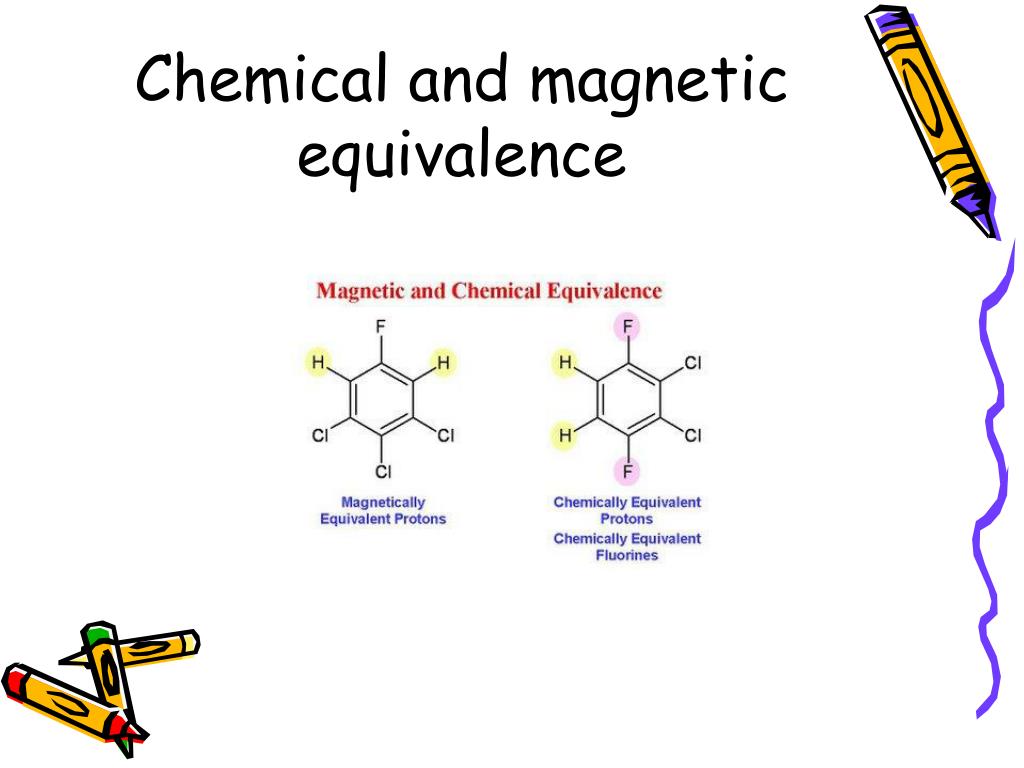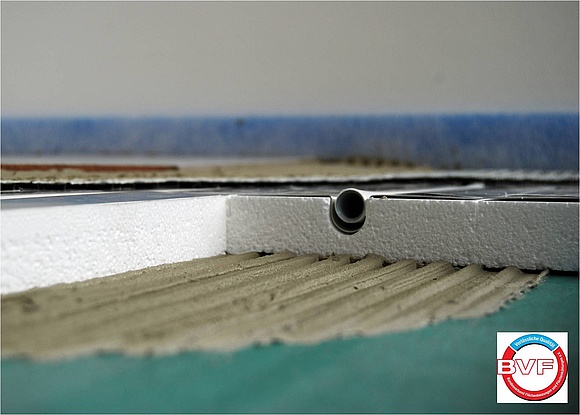

However, there is 2.0–10.0% Na 2O in the red mud, which is existing in the form of Na + in pore solution. Considering that the annual discharge of red mud is tremendous, using red mud for producing building materials is a promising way to largely consume this solid waste, so as to solve the problems of land occupation and potential environmental pollution of red mud. Hence, efficient utilization of red mud has become a top priority for alumina extraction industry to meet the objective of sustainable development. The discharge and storage of vast red mud not only require high treatment cost, but also bring a potential risk to pollute the surrounding environment, such as surface and groundwater pollution, soil alkalization, dust pollution, and suspended particles pollution in the sea. Red mud has characteristics of high specific surface area, strong water absorption, and high alkalinity. Depending on the availability of land space near the alumina plant, red mud is usually stockpiled in a dam or discharged directly into the nearby sea. As the alumina industry developed rapidly in China, red mud has accumulated over 300 million tons with an annual discharge of 90 million tons. The global emission of red mud has reached 120 million tons annually. Generally, 1.0–2.5 tons of red mud are discharged for every 1 ton of alumina extracted. The volume content of solid phase in the red mud slurry is around 15–40%. About 35–40% bauxite enters into the tailing, which is discharged in the form of high alkaline red mud slurry with pH 10.0–12.5. Red mud is a solid waste generated in the process of extracting alumina from bauxite. This AAM production was deemed to be feasible, which provided a technical foundation for the efficient utilization of iron tailing and red mud. It is found that the main products generated in this 28-days cured AAM were C-A-S-H gel and Ca 3AlFe(SiO 4)(OH) 8, in which the four-coordinate and six-coordinate Al was 51.56% and 48.44%, respectively, and structure was mainly existed as SiQ 2(1Al) with relative content of 68.12%. After 150 freeze-thaw cycles, its compressive and flexural strengths attained 40.57 and 7.3 MPa, respectively.

Moreover, this AAM was resistant to freezing and thawing. Its compressive strength attained 34.43, 49.61, and 38.26 MPa after 21-days soaking in 2% HCl, 5% NaOH, and 5% Na 2SO 4 solutions, while its flexural strength attained 6.8, 6.7, and 6.3 MPa, respectively. This 21-days exposed AAM was resistant to acid, alkali, and sulfate attacks. The work revealed that the best performance was for the AAM composed of 75% iron tailing as aggregate and 16% Bayer-process red mud, which attained the 28-day compressive and flexural strengths of 33.5 and 6.4 MPa, respectively. This work evaluated the mechanical strength, environmental stability performance, and microstructure of red mud-iron tailing based alkali-activated mortar (AAM) when iron tailing was blended in two ways (as aggregate or mineral admixture) with two kinds of red mud (sintering-process or Bayer-process).


 0 kommentar(er)
0 kommentar(er)
